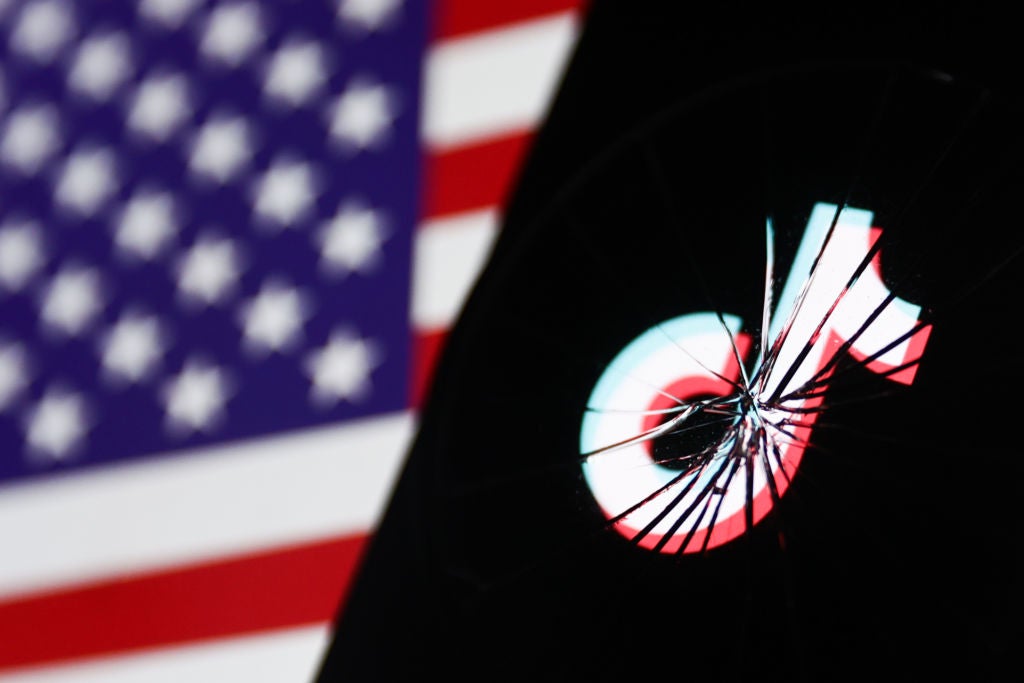
The Natural History Museum has revealed the Wildlife Photographer of the Year award winners for 2017 at an award ceremony held at the London museum on Tuesday evening.
The announcement comes following a number of award shortlist reveals, which presented hundreds of incredible entries. In total, 50,000 images were received with photographers from 92 different countries vying to be crowned Wildlife Photographer of the Year.
Each image offered something unique and quite often incredible, but a panel of judges have now sorted out the very best of them.
Stunning images have been selected in a range of categories, with the winning photographs set to be displayed at a Wildlife Photographer of the Year exhibition, which will open to the public on Friday, 20 October.
South African snapper Brent Stirton has been selected as this year’s winner. His tragic image, Memorial of a Species, shows a murdered rhino with its horn cut off in South Africa’s Hluhluwe Imfolozi Park.
The photographer hopes that his shocking image will bring attention to the damage caused by illegal poaching. The black rhino has particularly suffered the consequences. It is estimated that only 5,000 of the species are left in the wild.
How well do you really know your competitors?
Access the most comprehensive Company Profiles on the market, powered by GlobalData. Save hours of research. Gain competitive edge.

Thank you!
Your download email will arrive shortly
Not ready to buy yet? Download a free sample
We are confident about the unique quality of our Company Profiles. However, we want you to make the most beneficial decision for your business, so we offer a free sample that you can download by submitting the below form
By GlobalDataThe museum’s director, Sir Michael Dixon, has branded the image as “a call to action for all of us”.
Wildlife writer Roz Kidman Cox, who was one of the judges of this year’s competition said:
“To make such a tragic scene almost majestic in its sculptural power deserves the highest award. There is rawness, but there is also great poignancy and therefore dignity in the fallen giant. It’s also symbolic of one of the most wasteful, cruel and unnecessary environmental crimes.”
Wildlife Photographer of the Year 2017 – Brent Stirton, South Africa

Animals in their environment award – Marcio Cabral, Brazil

Animal portraits award – Peter Delaney, Ireland/South Africa

Behaviour: Amphibians and Reptiles award – Brian Skerry, United States

Behaviour: Birds award – Gerry Pearce, United Kingdom/Australia

Behaviour: Invertebrates award – Justin Gilligan, Australia

Behaviour: Mammals award – Tony Wu, USA

Plants and Fungi award – Dorin Bofan, Romania

Under Water award – Anthony Berberian, France

Earth’s Environments award – Laurent Ballesta, France

Black and White award – Eilo Elvinger, Luxembourg

The Wildlife Photojournalist award: Single Image – Aaron Gekoski, United Kingdom/United States








